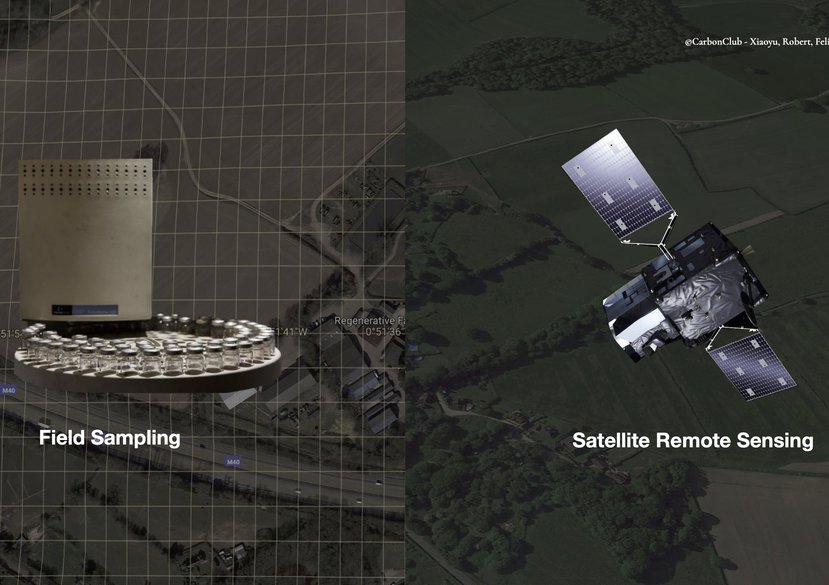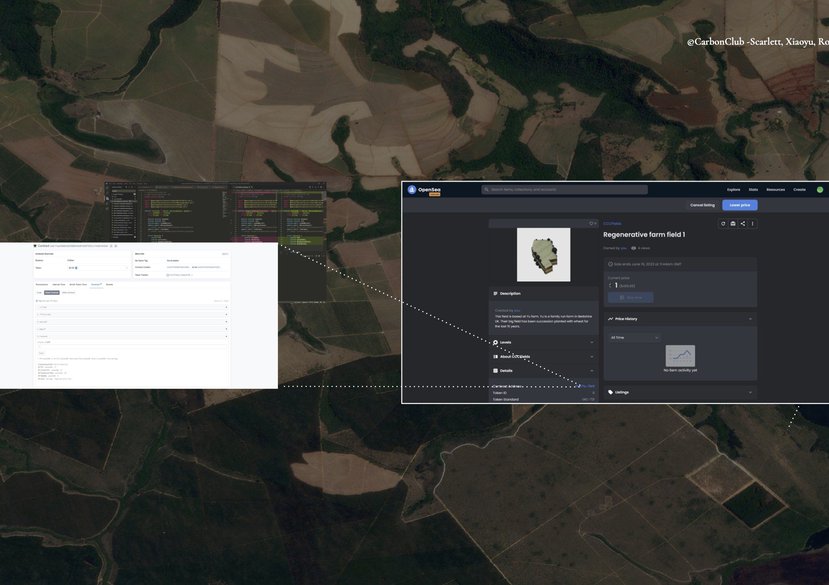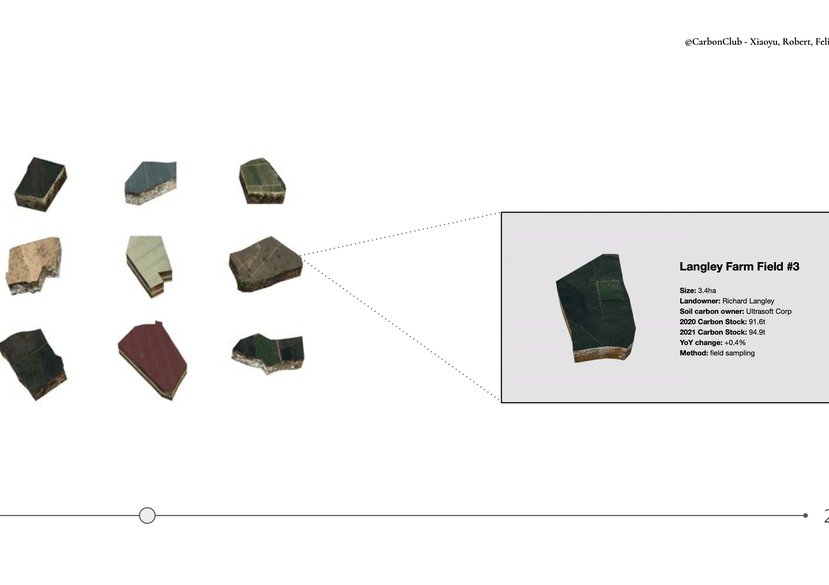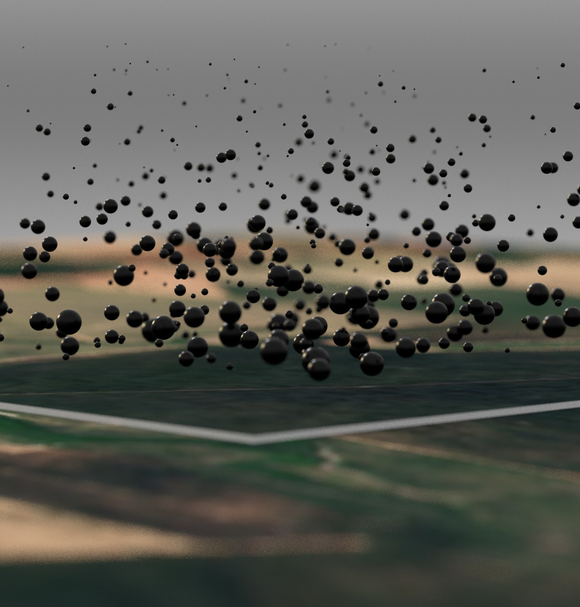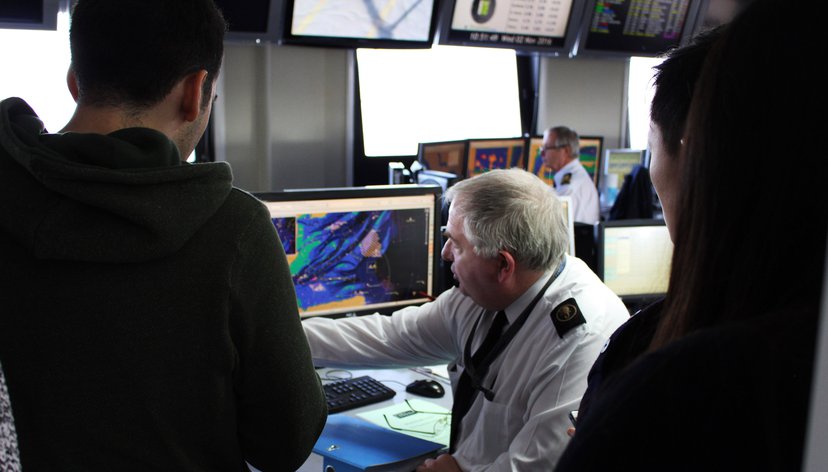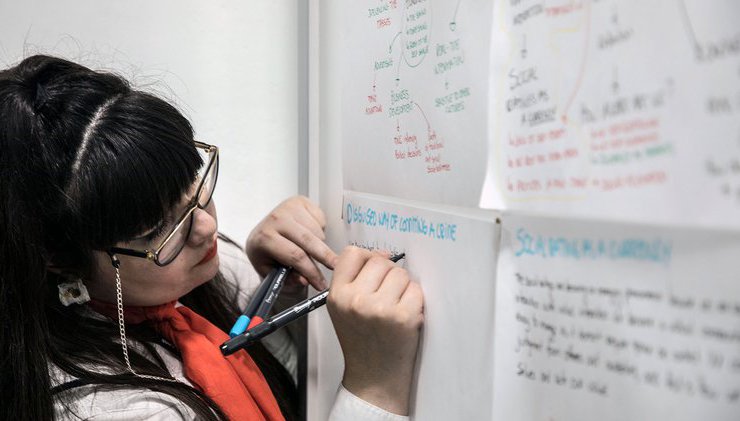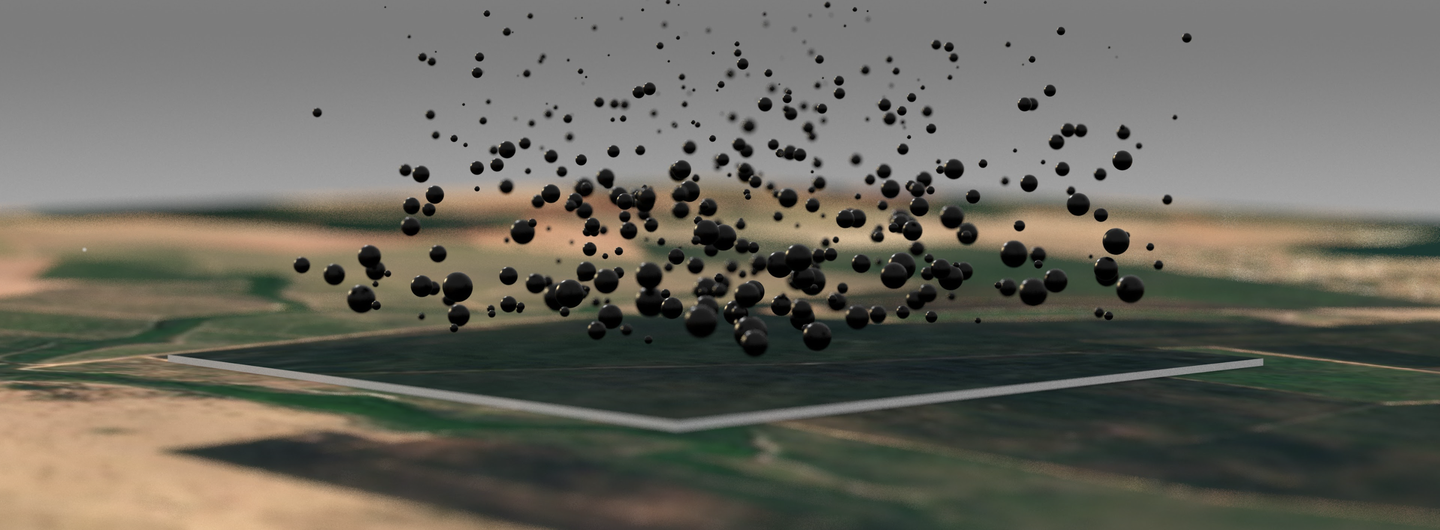
Grounded Carbon brings rigour, trust and transparency to the soil carbon offset market.
At a glance
- Soil has an enormous potential to remove carbon emissions from the atmosphere, as the largest terrestrial carbon store.
- The way we farm on the soil has a large impact on the carbon cycle.
- There is a trust issue within the carbon credit market, where corporations purchase carbon offsets credit from the farmers who monetise and store carbon in the land.
Key details
Gallery
More information
The challenge
The world’s soils store approximately 2500Gt of carbon – three times more than the atmosphere. The IPCC estimates that up to 8.6Gt of carbon could be captured and stored in farmland and cropland soils annually. That is 17% of total global anthropogenic CO2e emissions and more than fourteen times UK CO2 emissions.
To unleash soil’s potential as a carbon sink, we need to adopt regenerative farming practices on a large scale. And in order to incentivise the adoption of regenerative practices, we need a trustworthy, rigorous and transparent market for soil carbon. But the current soil carbon credit market is broken.
Both farmers and corporations mistrust the agricultural offset market – and for good reason. Existing credits often use poor soil carbon measurement techniques and purchased credits are not traceable.
Our solution
We sample farm and cropland soil for its organic carbon content and create an immutable digital twin on the blockchain. As farmers adopt regenerative farming techniques and capture and store more carbon in their fields, the digital twin is updated dynamically to reflect the increase. Corporations who want to buy carbon offset certificates to meet their greenhouse gas emission targets, can purchase traceable and transparent soil carbon offsets. Our economic model is designed to incentivise long-term soil carbon storage.
